Care for Vulnerable Children
In the years before World War II, German-Jewish parents anticipating the impending crisis, began sending their children to America to live with foster families. The Associated Jewish Charities and the Jewish Family and Children’s Bureau were the local supervisors of the German Jewish Children’s Aid in Baltimore where 35 children were placed between 1935 and 1940. That included one such boy, who, following the desires of his parents in Germany, had his bar mitzvah at Chizuk Amuno Synagogue.
When the boy was 14, he sent his mother a gift—a Victrola record of his voice—something he thought his mother would rather have than any other gift. A subsequent report from his mother indicated that all the neighbors came to hear her son’s story in which he told his mother of his newfound home and the kindness that he has experienced. Unfortunately, this boy, like most of these children would not be reunited with their families after the war, having only survived because their parents took the chance for them to have a new life.
The care of Jewish children in the community has always been a priority among the Jewish philanthropic organizations of Baltimore, beginning as early as 1873 with the founding of the Hebrew Orphan Asylum. At the time, most Jewish children were placed in orphanages not for loss of both their parents but for a number of reasons, including death or incapacitation from sickness of one parent, insufficiency of means or desertion of a parent.
In the early 1920s, the orphanage moved to Levindale in Baltimore County and was renamed the Jewish Children’s Society. Baltimore would become the first community in the United States to move toward eliminating institutional care of children in the foster care system. The Jewish Children’s Society worked to ensure every child had a home, often doing whatever it could to keep a family together, such as providing a few dollars so a mother could afford rent, or supplying housekeepers for families where the mother was no longer living with them. Levindale was only reserved for observation of children to be placed in homes as well as for the care and treatment of children with special problems.
From the 1920s through the early 1950s, the Jewish Education Alliance became the center of life in East Baltimore for Jewish youths. It provided a safe place to play, interact with other children, take classes, participate in sports, dance and drama, and help them grow into valuable members of the community. It played a particularly valuable role during the Depression.
“Of all the groups on which the Depression has laid its deadening hand, none have been affected more seriously than the young,” said Sidney Hollander at a campaign rally. “Somebody must look after them if they are not to become demoralized and get into trouble and its agencies like the Alliance that we count on.”
Throughout The Associated’s history one of its most impactful organizations has been the Jewish Big Brother and Big Sister League, which was one of the original constituents of the AJC in 1920. Matching older volunteer “brothers” and “sisters” with younger “siblings,” mostly from single-parent homes, the organization has helped positively influence the lives of thousands of Baltimore youths over the years. Today the program is part of The Associated’s agency, Jewish Community Services.
That includes one boy named Sam, whose story was highlighted in the organization’s 1958 annual report. Apparently, authorities had placed Sam in reform school after he was caught with a group of boys who had set fire to a building. But he and his big brother worked to turn his life around and in 18 months, “these two men have moved from discussions of arson to one of college, from destruction to constructive living and thinking.” This, the report noted, was just one example on how the Big Brother League could change a life.
Even today, the belief that all children should have the opportunity to succeed is core to The Associated’s work, particularly in its efforts to provide educational opportunities for individuals with disabilities. These include everything from free advocacy services for Jewish children to educational support for those with learning differences.
“Elementary school was very challenging for me,” said Ethan Kaplan. “The teachers at SHEMESH understood how I learned and knew how to teach me. Mu reading, writing and spelling started to improve. SHEMESH made me feel I could be a successful student.”
Subscribe to our newsletter
The Associated is a home for everyone in the Baltimore Jewish community. We offer several email lists to help people find a community, engage with their peers and support Jewish journeys around the world.
Join Our Mailing ListAdd Impact to Your Inbox
Sign up for our newsletter
Subscribe to our newsletter
The Associated is a home for everyone in the Baltimore Jewish community. We offer several email lists to help people find a community, engage with their peers and support Jewish journeys around the world.
Join Our Mailing List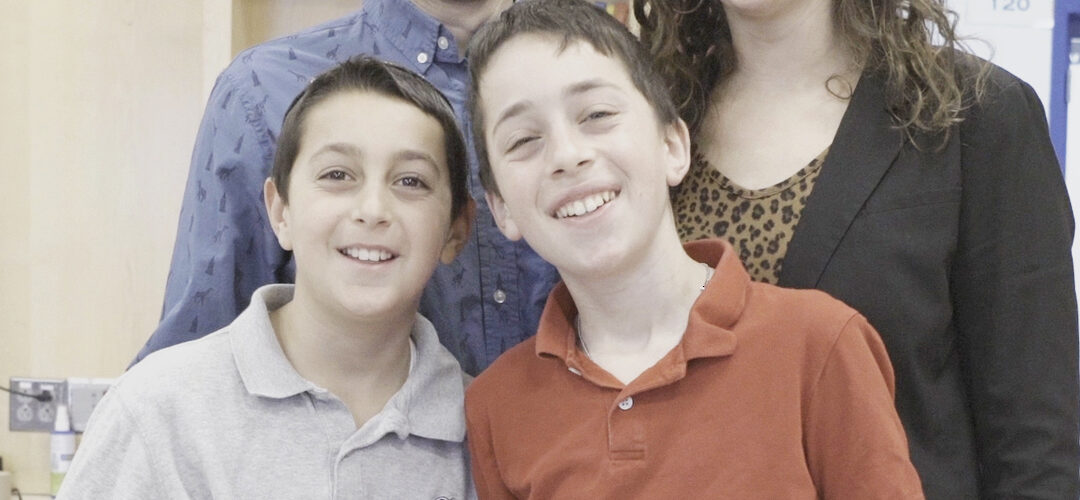


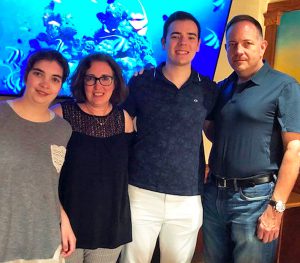
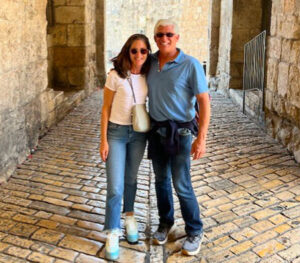
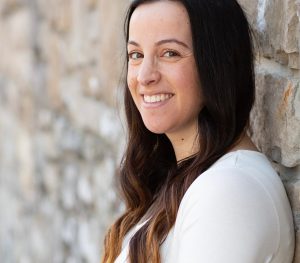

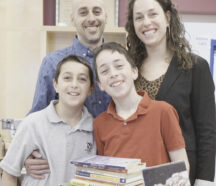

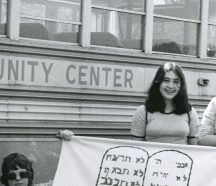
 Please Wait while we loading your video.
Please Wait while we loading your video.